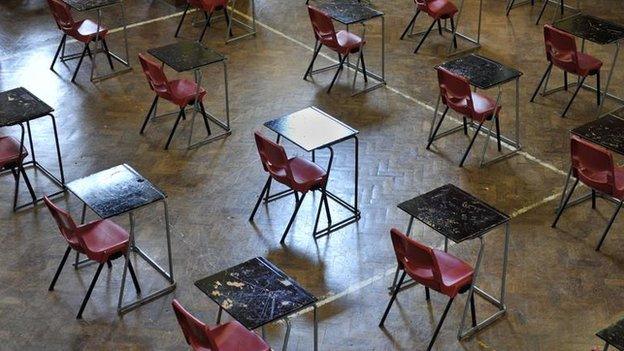'Radical' schools change on agenda in Powys
- Published
David Williams, head of Ysgol Bro Pedr in Lampeter, said primary and secondary schooling on one campus had its advantages
The next stages in what Powys council calls a "radical change" to its secondary schools have been agreed.
Two secondary schools out of 12 could close and Welsh medium secondary education moved from Brecon to Builth Wells.
The business case for closing Brecon High and Gwernyfed schools and building a £50m Brecon campus, external is being pursued.
Meanwhile, Denbighshire council has agreed to push forward £16m plans to extend a Welsh medium high school.
It wants to remodel and extend Ysgol Glan Clwyd in St Asaph to provide 200 more places at the 1,000-pupil school to accommodate an expected rise in numbers by 2020, according to a report, external to councillors on Tuesday.
Powys is the latest in a long line of Welsh councils trying to get to grips with changing pupil numbers.
It has seen 120 schools close already across Wales in recent years.
The cabinet has also given council officials the go ahead to prepare reviews of secondary education in Builth Wells and Llandrindod Wells; sixth form provision at Ysgol Maesydderwen in Ystradgynlais; and Welsh medium secondary education in north Powys.
Powys council leaders said the position has been created by falling school rolls and financial pressures
Schools watchdog Estyn has already pointed to the complications from fewer pupil numbers in secondary schools but rising rolls in primary schools.
Then there are the disparities between urban and rural areas and a growing demand for Welsh medium education.
So why is there a need to change?
Money is certainly an important factor to consider, and the argument goes that small schools have a higher per-pupil cost than larger schools.
According to Estyn, each surplus place in a primary school costs an average of £260 and in addition, closing a school can save an average of £63,500.
"The equivalent figures for the secondary sector are £510 per surplus place and £113,000 per school," it says.
How many schools have closed?
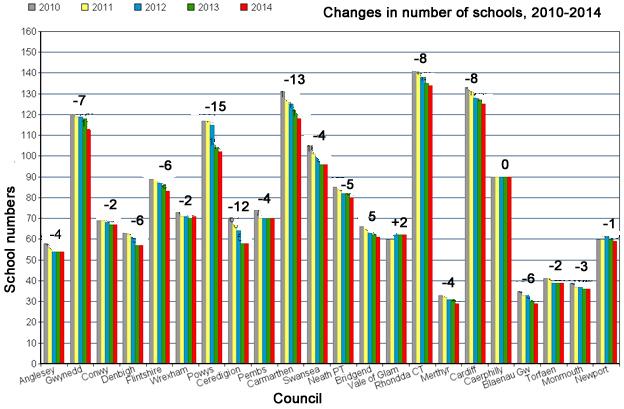
Net school numbers have fallen in 20 of the 22 councils
In 2010 there were 1,753 maintained schools in Wales but by last year that number dropped to 1,633.
So there were 120 fewer schools, a decrease of 6.8%.
You can see from the graph above, how the numbers have gone down in all but two counties in the last five years.
The largest falls have been in Powys, Carmarthenshire and Ceredigion.
At the same time, the school population overall fell very slightly from 467,141 in 2010 to 465,081 in 2014; a drop of 2,060 pupils.

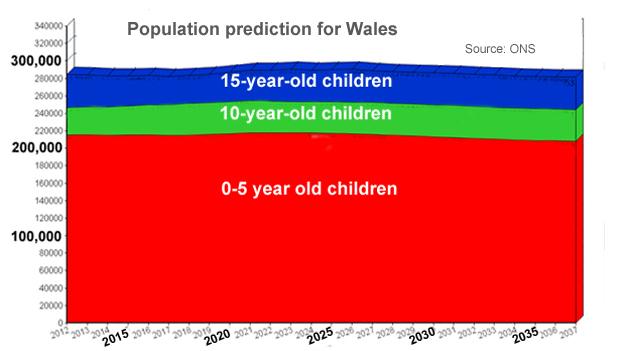
The number of under fives is forecast to rise slightly in the mid 2020s before falling again

But that does not give us the whole picture.
A rising school population
In primary schools, the number of pupils increased by 6,741 between 2010 and 2014 from 257,445 to 264,186.
That's an increase of 2.6%.
On top of that, the number of under fives is growing. If you look at the graph above, it shows projections which indicate that the population of the youngest children will continue to grow to a peak 10 years from now.

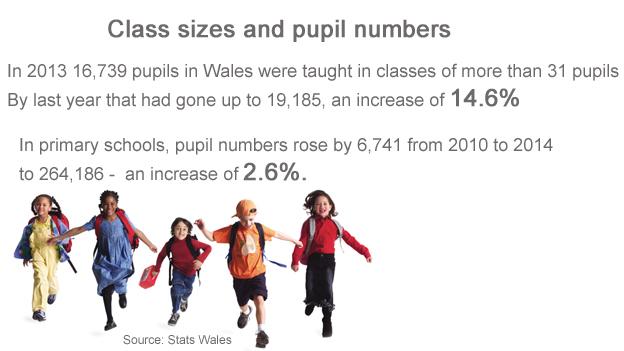
So what does that mean for pupils' education?
More pupils are being taught in classes of more than 31 pupils. However, there isn't necessarily a link between class size and the standard of the education on offer.

The super-school solution, does it work?
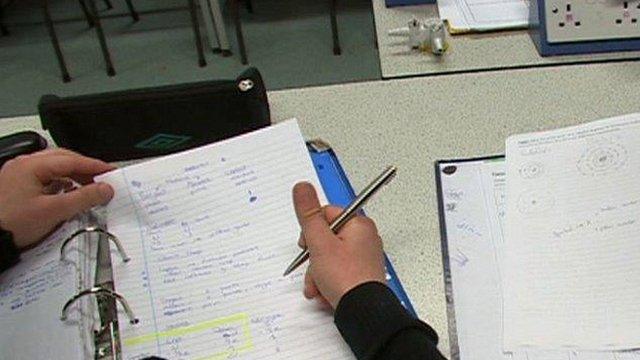
Ysgol Bro Pedr was the first 'through school' in Wales
One option is to bring together primary schools under one roof - or even primary and secondary pupils onto the same campus.
David Williams is head of Ysgol Bro Pedr, external in Lampter, Ceredigion and has children in his charge from the age of three to 19 - the first "through school" in Wales.
He says there are advantages for keeping track of pupils' progress and for younger pupils to use specialist facilities, teachers and mentoring from older students.
"We were fortunate we had two successful schools - a large primary and a large secondary - coming together effectively on the same campus and were able to allay the fears of communication and distance being a problem," he said.

Mr Williams said he can only speak from his own experience and every community is different.
What is clear is that it's very difficult for councils to implement their proposals around re-organising schools; there is often fierce local opposition.
It's an issue which has been in the headlines for many years, and doesn't look like being resolved any time soon.
- Published16 March 2015
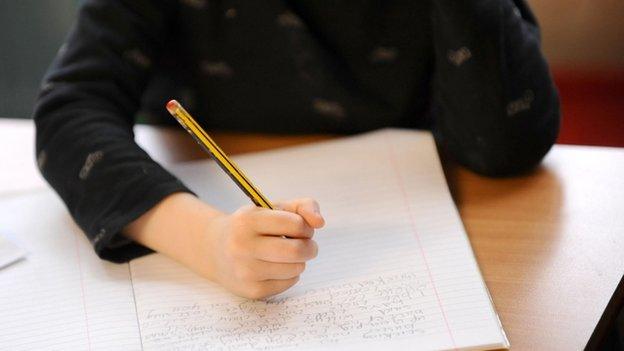
- Published21 January 2015
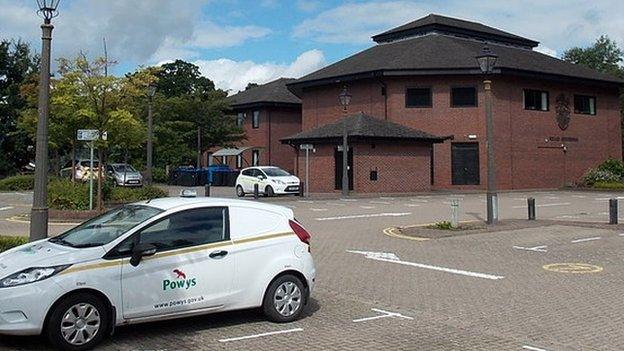
- Published24 March 2015
